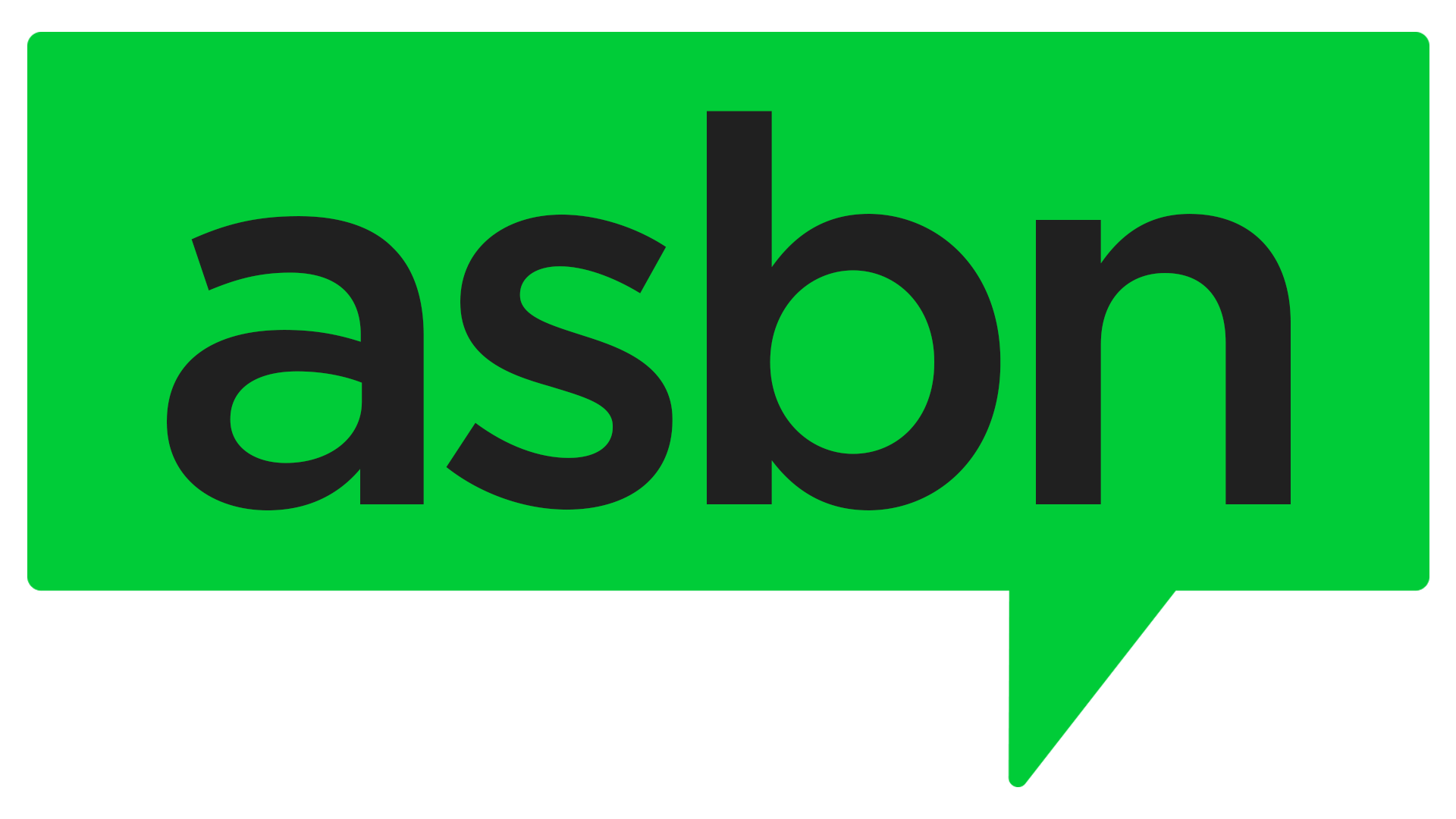According to Bank of America Institute’s latest Small Business Checkpoint report, released May 15, 2025, small businesses show mixed signals on inventory investment, hiring, and spending. Based on internal transaction data, the findings reflect how owners navigate economic uncertainty and recent trade policy shifts.
While small businesses are not significantly increasing inventory levels, those in the manufacturing and services sectors are ramping up inventory-related spending. The report notes that these firms are “stocking their shelves at an accelerated rate,” likely anticipating supply chain disruptions tied to newly implemented tariffs.
Retailers, however, are not mirroring this trend. The report suggests recent consumer goods imports were likely counterbalanced by early purchasing behavior from consumers hoping to avoid price hikes. Correspondingly, small business payments to shipping and transportation providers showed no substantial rise, indicating stable inventory levels in retail.
Additional data from the National Federation of Independent Business (NFIB) backs this up: a net negative 4% of business owners expect to increase inventory investment in the months ahead.
Mixed hiring trends
Small business hiring showed improvement in April, with payments to hiring firms rising 6% above 2019 averages, up from 2% below average in March. However, Bank of America cautions that this could reflect difficulty in filling open positions rather than a hiring surge.
This is supported by NFIB data, which found that 34% of business owners had unfilled job openings in April—the lowest this figure has been since January 2021. While strong in February due to more processing days and favorable weather, hiring activity has slowed over the past two months, with downward trends in March and April.
On the other hand, payroll growth across small business clients was up 5.3% year-over-year in April, but the three-month moving average was a modest 0.9% YoY. The Federal Reserve’s April Beige Book aligns with these figures, describing employment as “little changed to up slightly” in most regions.
The report identifies strong regional differences. Texas cities led payroll gains, with San Antonio, Houston, and Austin seeing the highest growth. Meanwhile, cities like Phoenix and Boston posted negative payroll growth, possibly due to labor shortages influenced by evolving immigration and economic policies.
Shift in spending activity
Additionally, total payments per small business client rose 2.7% YoY in April, though the pace slowed from March. Wire transfers posted the strongest growth at 11.4%, while credit card and check payments declined.
The report provides detailed insights into payment behaviors, analyzing transaction volumes by method, including ACH, debit card, wire, and check. It is important to note that wire transfers remained the most resilient channel throughout April.
Ultimately, Bank of America’s Small Business Checkpoint offers a sector-specific snapshot of spending, hiring, and payroll dynamics, providing a closer look at how small enterprises adapt to a changing economic landscape.




 ASBN, from startup to success, we are your go-to resource for small business news, expert advice, information, and event coverage.
ASBN, from startup to success, we are your go-to resource for small business news, expert advice, information, and event coverage.